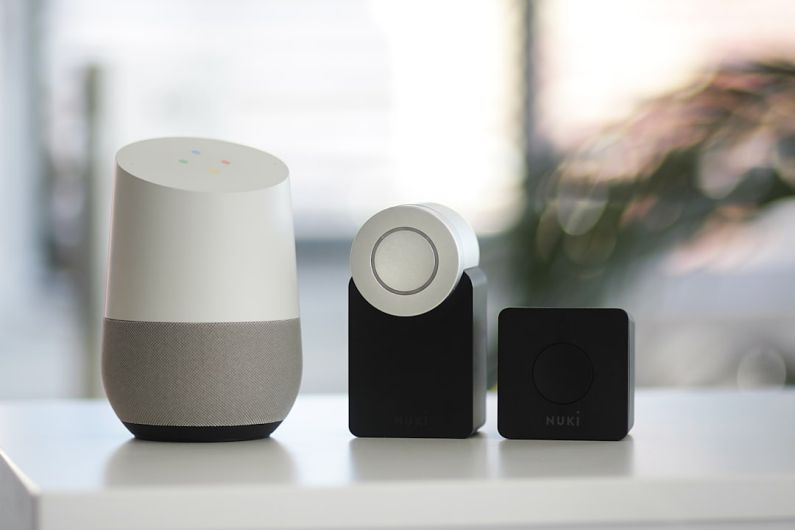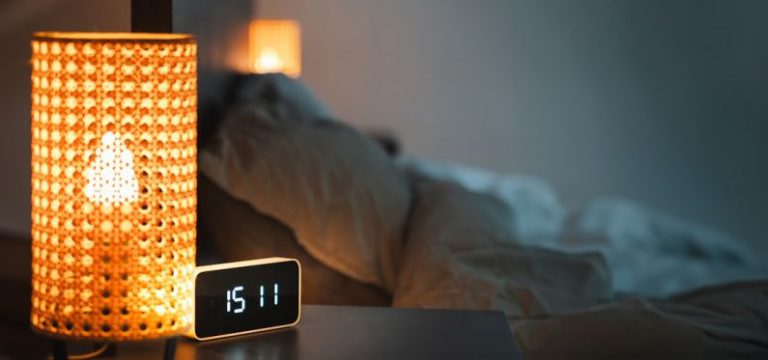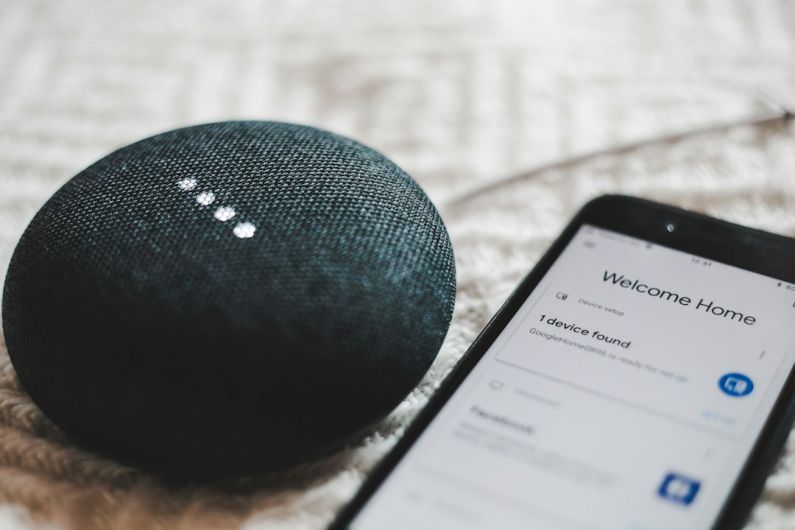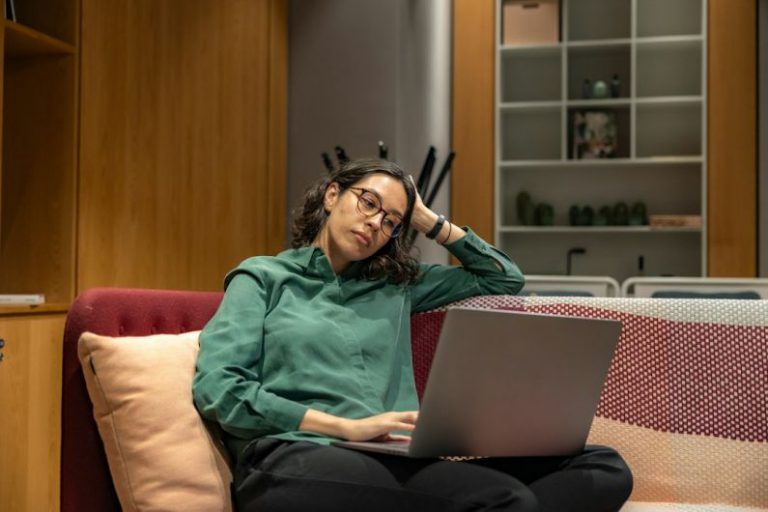How to Use Smart Home Devices to Assist the Elderly or Disabled?
Smart home devices have revolutionized the way we live by making everyday tasks easier and more convenient. But did you know that these devices can also be used to assist the elderly or disabled? By incorporating smart home technology into their homes, individuals with limited mobility or other disabilities can gain independence and improve their quality of life. From voice-activated assistants to smart home security systems, there are many ways that these devices can be used to assist those who need it most.
Voice-Activated Assistants
Voice-activated assistants, such as Amazon Echo or Google Home, can be a game-changer for individuals with limited mobility or dexterity. These devices can be used to control various aspects of the home, from adjusting the thermostat to turning on the lights. By simply speaking a command, users can automate tasks that would otherwise be challenging or impossible. For example, someone with mobility issues can use their voice to turn on the TV, change channels, or even order groceries. This level of control can greatly enhance independence and allow individuals to complete tasks without relying on others.
Smart Home Security Systems
Smart home security systems are not just for keeping intruders out; they can also be used to monitor the safety and well-being of the elderly or disabled. With features such as door and window sensors, motion detectors, and video surveillance, these systems can provide peace of mind to both the individual and their caregivers. For example, caregivers can receive real-time notifications on their smartphones if a door is left open or if there is unusual activity in the home. This allows them to respond quickly, ensuring the safety of their loved ones. In addition, smart locks can be installed to allow remote access to the home, eliminating the need for physical keys and providing easy access for caregivers or emergency personnel.
Smart Lighting
Smart lighting systems can be a game-changer for individuals with mobility issues or visual impairments. These systems allow users to control the lights in their home with a smartphone or voice command. For someone with limited mobility, this means they can turn on or off lights without getting up or reaching for a switch. For individuals with visual impairments, smart lighting can be programmed to turn on automatically when they enter a room, providing a safe and well-lit environment. This technology can greatly enhance independence and reduce the risk of falls or accidents.
Smart Appliances
Smart appliances, such as refrigerators, ovens, and washing machines, can be programmed to make tasks easier and more convenient. For example, a smart refrigerator can send notifications when food is about to expire or when supplies are running low, allowing caregivers to easily manage grocery shopping. Smart ovens can be programmed to cook meals at specific times, ensuring that individuals have access to nutritious meals even if they are unable to prepare them themselves. Smart washing machines can be controlled remotely, allowing individuals to start a load of laundry without having to physically interact with the machine. These appliances can greatly reduce the burden of everyday tasks and promote independence.
In conclusion, smart home devices have the potential to greatly improve the lives of the elderly or disabled. From voice-activated assistants to smart home security systems, these devices can enhance independence and provide peace of mind to both individuals and their caregivers. By incorporating smart home technology into their homes, individuals with limited mobility or other disabilities can gain control over their environment and improve their quality of life.






